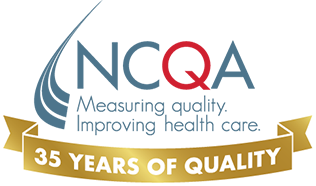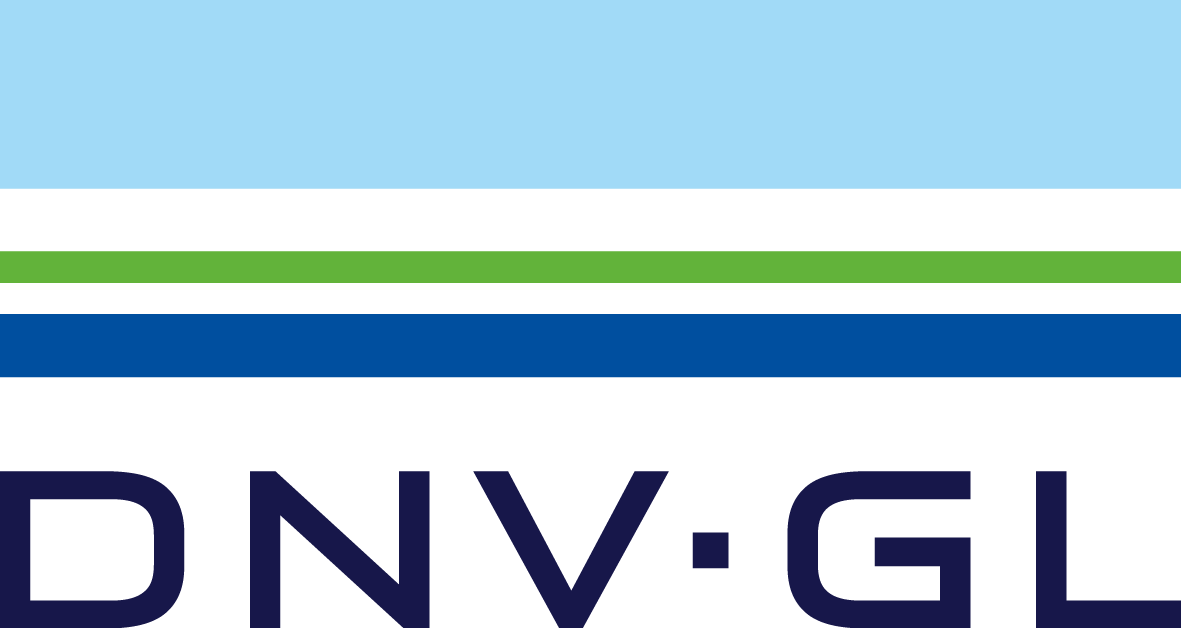Transforming Healthcare Credentialing Landscape
The healthcare accreditation market is rapidly evolving through technology, efficiency, and strategic partnerships.

Market Analysis
Market Value 2024 (U.S)
Market Value 2030 (U.S)
CAGR (U.S)
Key Market Drivers
Increasing awareness and adoption of credentialing solutions, particularly cloud-based and technologically advanced options (AI, ML).
Rising technological advancements in healthcare IT infrastructure.
Growing number of strategic initiatives like partnerships and acquisitions among market players.
Market Inhibitors
Complexity and difficulty in navigating licensing requirements across different states.
Barriers related to licensing, credentialing, and insurance reimbursement in specific sectors (e.g., substance use disorder workforce).
The inherent complexity and vastness of the credentialing ecosystem, involving numerous entities and types of credentials.
Our Insights

Key Players in The Industry
Joint Commission (TJC)
Evaluates and accredits healthcare organizations and programs. Revenue is generated through survey and certification fees, annual accreditation subscription fees, annual accreditation subscription fees, shared services fees, and performance measurement activities.
NCQA
Focuses on healthcare accreditation.
DNV
Provides accreditation services with a focus on patient safety and continuous improvement.



